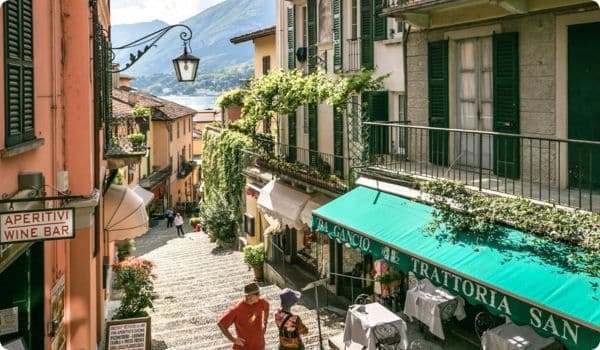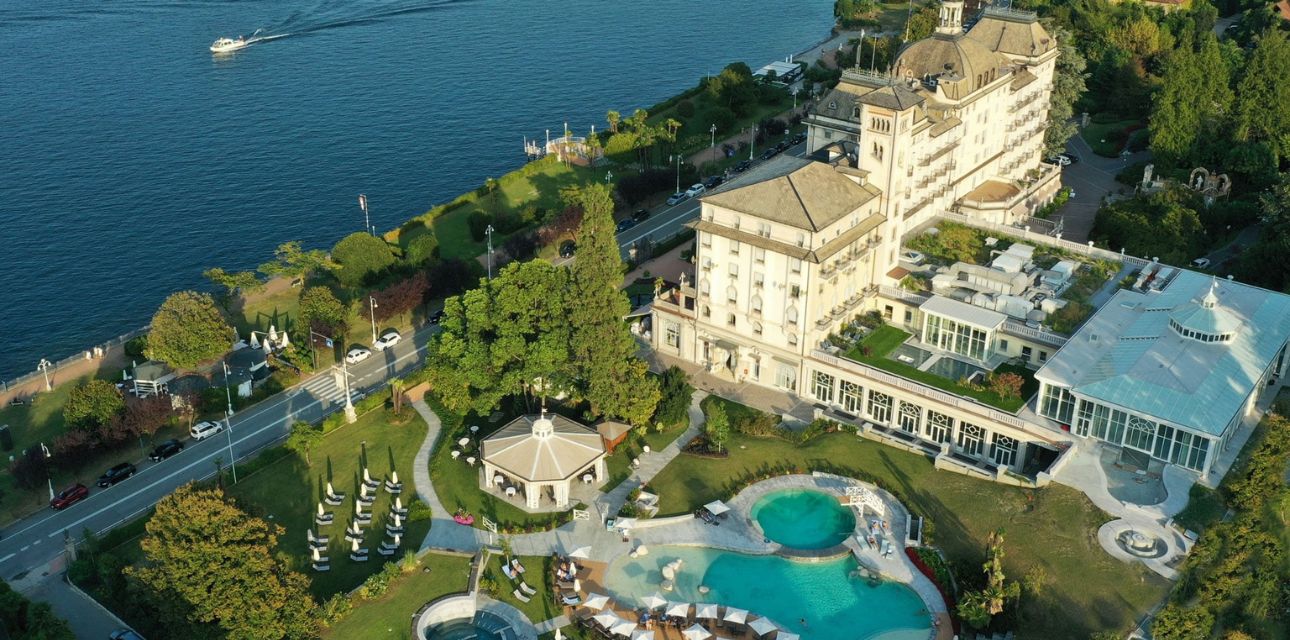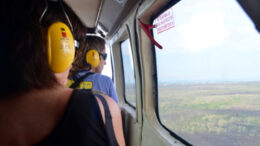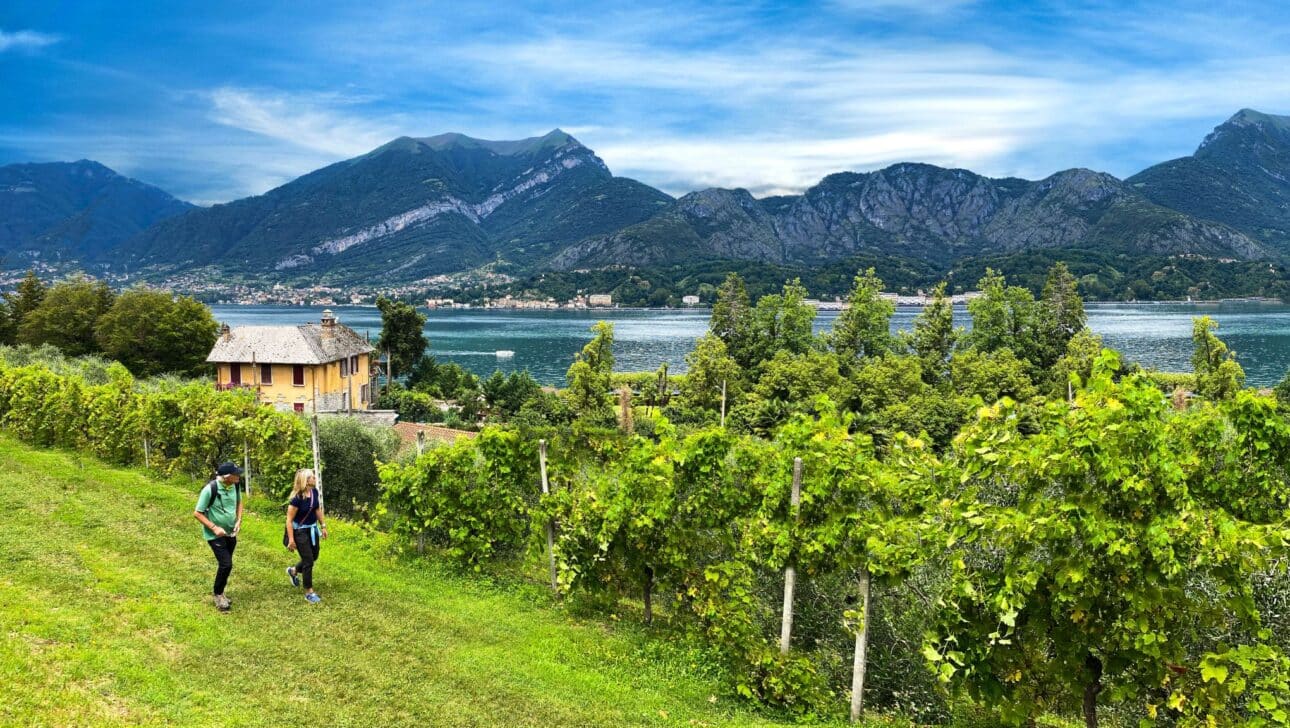The doorway to the lakes always swings open with a shimmer. There is that first breath—cool, silvery, scented faintly with cypress and espresso. The mountains wear their morning apricot glow, swans glide out from dawn’s mist, and you begin to sense what emperors, poets, and film stars have sought here since the world was young.
I realized this on a Classic Journeys Italian Lakes tour, strolling terraced vineyards with Giordano, who pressed grapes before I could pronounce “Nebbiolo.” “Everyone dreams at the lakes,” he winked, pouring a glass so clear you could see his smiling face. The Italian Lakes, as our local guide put it (with a flourish no guidebook could rival), weren’t invented for jet-setters. These waters first mirrored the faces of ancient gods and ragged fortune-seekers—and their spell never faded.
When Rome Ruled the Waters

The story begins deep in antiquity; before Rome rose from its wolf-suckled cradle, the foothills were a celestial patchwork of tribal lands. Celts, Ligurians, Etruscans—they all left their mark on the tangled woods and glass-green pebble beaches. But it was the Romans who made the lakes their own, carving roads and trading posts across the shimmering water.
According to our guide, Julius Caesar himself sent 5,000 loyalists to settle Lake Como’s shores, a delicious act of imperial logistics and vanity. He wanted a resort, a watchpost, a jewel to show off Rome’s taming of the Alps. Soon, Roman senators retreated from the marble halls of Mediolanum (now Milan) to lakeside villas bursting with mosaics, mosaics, and parties as lavish as a Clooney gala. Sirmione, on the southern tip of Lake Garda, flourished as a health spa, its hot springs promising cures with every steamy swirl.
Some of the most legendary minds of the Empire—Pliny the Elder and Pliny the Younger—could be found fishing on the lakes, penning philosophical musings, and debating fate beneath the olive trees. If you listen carefully on Como’s northern shore, they say you can still hear their laughter when the wind is right.
Medieval Powers and Renaissance Palazzi
Post-Rome, Lombardy was a chessboard for every upstart barbarian, each one leaving a legacy of towers (see Como’s still-standing fortifications), churches, and place names. The Lombards, then the Franks, and, for a time, the dazzling Visconti and Sforza families turned these waters into their private backyard, stringing up hilltop castles and commissioning frescoes that still burst with color centuries later.
It was the Renaissance, however, that gave the region its enduring mystique. By the 1400s and 1500s, the rich and powerful—dukes, bankers, wandering foreign counts—commissioned lakeside palazzi with gardens tumbling into the water. Leonardo da Vinci, who visited Lake Como as a scientific advisor and sketched the region’s fairytale S-shaped curves, found the north Italian light “as fine as any painter’s canvas.” Even today, the spirit of those cloudy afternoons lingers at Villa del Balbianello or Villa Carlotta, where marble statues peek through a wild tangle of azaleas.
On our Classic Journeys walk, we circled the winding limestone lanes of Bellagio (“Italy’s prettiest village—don’t argue with your guide!”) and pressed palms to cool stone engraved with six centuries of family names. It’s easy to understand why “la dolce vita” began here. Cathedrals, gardens, and alleyways seem hand-stitched from dreams.

The Romantic Age, the Grand Tour, and the American Gaze
By the Romantic period, the Italian Lakes had blossomed into muse and playground for artists, poets, and fortune-hunters aching for beauty and melancholy. Byron and Shelley fished for metaphors in the mountain reflections, and Mark Twain (traveling here in 1869) rhapsodized about the “mirrored sky” and the “clear, deep waters” in his American travelogue, making the lakes a must-stop for his compatriots. In the words of our Classic Journeys guide: “Lake Como—like the Mona Lisa—is immune to fashion, but everyone wants to say they’ve seen her smile.”
The Grand Tour sealed the region’s mythic status. Eton dandies, countesses, and, yes, more than one rascally future king, rowed from villa to villa, picking up Roman cameos and Italian love affairs. Locals developed the art of hospitality into high theater—setting tables by turquoise bays, hanging silks in the breeze, and instructing the world’s elite in the finer points of gelato.
Wars, Wealth, and the Modern Allure
Through centuries of war and revolution—when northern Italy traded hands among the French, Austrian, Spanish, and, eventually, the victorious Italians—the lakes remained tranquil, a sanctuary from heady politics. Stresa, on Lake Maggiore, became a “Swiss-French-Italian” wonderland, and the industrial families of the 19th and 20th centuries followed the old path: boat in, build big, throw a party.
By the postwar boom, the lakes had become internationally synonymous with “good taste.” Royals, writers, and movie stars replaced emperors and poets. Marlene Dietrich, Clark Gable, and even a young Albert Einstein borrowed summer villas or checked into grand hotels.
And then, as our walking group was assured over negronis at sunset in Stresa, along came George. In 2001, George Clooney bought Villa Oleandra in Laglio, on Lake Como’s “Gold Coast,” and with him arrived film directors, tech billionaires, and a swirl of paparazzi who have yet to exhaust the pristine backdrop. Clooney, a local hero for championing preservation against overdevelopment, was granted honorary citizenship by Laglio—his presence, a modern footnote in a two-thousand-year tradition of the rich and famous seeking solace and spectacle by Italy’s waters.
Walking in Their Footsteps
But the true genius of the lakes, as the Classic Journeys tour reveals, isn’t found in a star sighting or even a grand villa. It’s in the quiet walks with Giordano through Montevecchia’s hillside vineyards, where you taste Barbera under the same sun that ripened Roman figs. It’s sharing an olive oil tasting in a family mill, hearing laughter echo through stone courtyards that have hosted pilgrims, poets, and princes. It’s in the marvel of gliding quietly by boat to San Giulio Island, past the same bell towers and monasteries that welcomed medieval saints and WWII escapees alike.
It’s swans and fishermen and old ladies tending camellias, artisans weaving Lombard silk, a warm greeting from the winemaker’s daughter whose hands, like her mother’s and grandmother’s, are stained with summer’s harvest. It’s the sense that time is a spiral, not a line—Roman, Renaissance, Romantic, Hollywood, Today.
The Classic Journeys Italian Lakes Cultural Walking Tour is, at heart, a living letter—each page a lakeshore, each stop a chapter where history is written in grapevines, songbird calls, and gelato spoons. The waters that carried emperors, inspired poets, and reflect Clooney’s daily row, will reflect your own wonder, too.
And when you finally stand at the water’s edge, the mountains blushing in the late sun, you’ll know the secret: you’ve joined the timeless parade, another in a long, lucky line who loved these lakes and never truly left.
Disclosure: The author traveled as a guest of Classic Journeys, but the whimsy, wonder, and full-hearted admiration for Italy’s lakes region are entirely their own.





